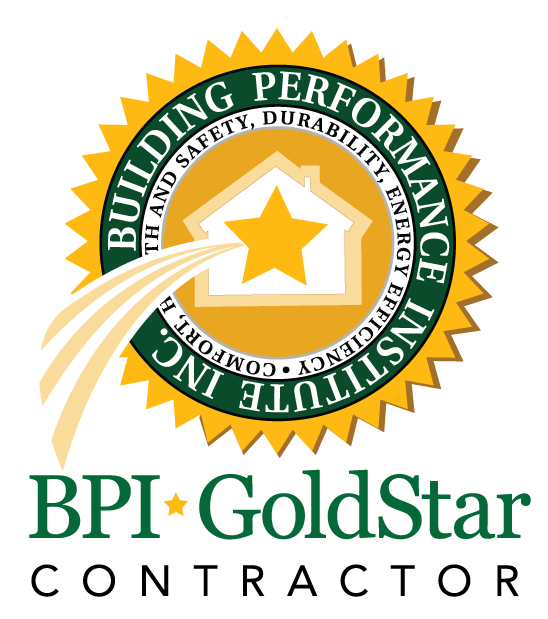To insulate an existing wall, there are three main options to consider:
- External wall insulation
- Interior wall insulation
- Cavity wall insulation
No matter which method you choose, it’s crucial to install the insulation with utmost care. Improperly applied insulation can lead to mold issues or ‘thermal bridges,’ which are areas where the insulation barrier is compromised.
Make sure to find the best solution before you begin applying insulation
In the city, particularly when living in an apartment, insulating an existing wall from the inside is typically easier than doing so from the outside. However, it’s important to stay cautious, as improper installation of internal insulation can lead to undesirable effects.
Avoid seepage of moisture
The bond between the wall and the insulating material needs to be perfect and the wall needs to be completely sealed and waterproof. It also needs to resist rising damp and torrential rain. Get a professional in to make sure your home complies with applicable requirements before you start work.
What can you expect to pay?
The cost of insulating an existing wall primarily depends on the method used and the materials selected. On average, external wall insulation is about twice as expensive as interior wall insulation.
Some examples:
- Expect to pay around €150 per m² for external wall insulation with a wood panelling finish.
- Interior wall insulation using plastered wood fibre boards will cost approximately €70 per m².
- Insulating a cavity wall will set you back about €25 per m².
Various insulation methods
External Insulation
Brick Cladding
A wood fibre panel is applied to the exterior wall, leaving a cavity, known as an air space, before a brick-facing wall is installed. Ensure that you use a water-repellent (hydrophobic) material, like cork, instead of wood fibre, if an air space is to be left.
Roughcast Finish
An insulating wood fibre panel is directly placed over the facing wall. A trellis and a render coat are applied to the panel, followed by the application of roughcast.
Wood Paneling Finish
Insulating materials, such as hemp, glass wool, or cellulose acetate flakes, are installed on the wall, which is then covered with a wood fibre panel. The final wood paneling is fixed onto laths to create an air space.
Internal Insulation
Plastered wood fibre boards
Wood fibre boards are installed on the interior wall, then plastered over. Panels carrying the NaturePlus label ensure the use of eco-friendly construction materials.
Wood Finish
A layer of insulation (such as hemp, flax, or cellulose acetate flakes) is applied to the interior wall, then covered with a wood panel. Users can choose to finish with a natural or reinforced plasterboard.
Cavity Wall Insulation
Cavity walls are ideal for insulation. The cavity is filled with materials like polystyrene beads, mineral wool, or polyurethane foam, inserted through small holes in the wall joints.
This type of insulation can only be installed if the cavity is entirely clear and empty. To ensure this, it’s best to have a professional insulation contractor in Albany NY inspect it.

